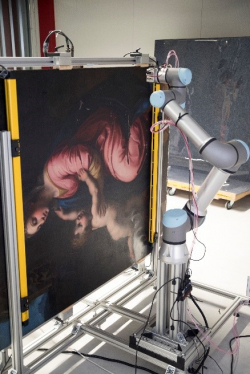Czech cosmic start-up helps decode Enigma of Raphael painting
A Madonna and Child painting with a history almost as enigmatic as the Mona Lisa's smile has now been analysed by Czech company InsightART – whose RToo robotic scanner is one of the first X-ray machines built explicitly for art investigation.
The 500-year-old painting had always been attributed to Leonardo Da Vinci's contemporary, Raphael, but doubts about its authenticity have occurred in its recent history. At the end of the 19th century, the painting disappeared from the general consciousness, and only in recent decades has extensive research been carried out into its authenticity.
The Madonna and Child painting's turbulent backstory encompasses some of European great historical figures, as well as violent fights and lucrative art deals. That Raphael was indeed the artist of this masterpiece has now been confirmed by many expert studies from around the world and by the international advisory board.

InsightART's RToo robotic scanner had already been used to unveil a previously unknown painting by Vincent van Gogh. The machine uses a particle detector developed at CERN, re-purposed for space exploration, and manufactured by the Czech company ADVACAM.Their decision was backed up by a study by InsightART – one of the start-ups of the ESA BIC Prague business incubator, part of ESA Space Solutions, which uses cosmic detector technology.
"This technology – which is also used to measure radiation at the International Space Station – is capable of detecting and counting single photons, as well as establishing their wavelength," explains Josef Uher, a physicist, and InsightART's CTO.
"While the standard X-ray machine only creates a black and white image, RToo provides 'colour' – or spectral – X-ray images, which allow the materials to stand out based on their elemental composition," he says.

The Madonna and Child was scanned in great detail – from the foundation layers to the final glazes, revealing the internal structure of Raphael's painting. "During this process, it became clear that the work was executed layer by layer by Raphael himself, without the aid of his workshop" says InsightART´s cofounder and art restorer, Jiří Lauterkranc.
InsightART says they benefited greatly from the ESA BIC in Prague, who were very happy to help the company in deploying the space technology. "We are used to different kinds of technological applications which make use of satellite data, navigation systems, airplanes or satellites. However, the combination of space technology and art is very unconventional – this is the only project," says Michal Kuneš, project manager of the ESA BIC Prague.
The painting was the subject of a recent press conference at the observatory of Prague's Žižkov Television Tower. The conference featured Jiří Fajt, art historian and former director of the Czech National Gallery, InsightART's art restorer Jiří Lauterkranc and physicist Josef Uher, as well as Kateřina Syslová from the ESA BIC Prague space incubator.
ESA Space Solutions aims at reaching commercial exploitation of space assets, data and capabilities addressing incubation, proving technical feasibility and business development. This includes the development of operational services for a wide range of users through the combination of different systems, and support in creating viable companies as well as to existing companies.



